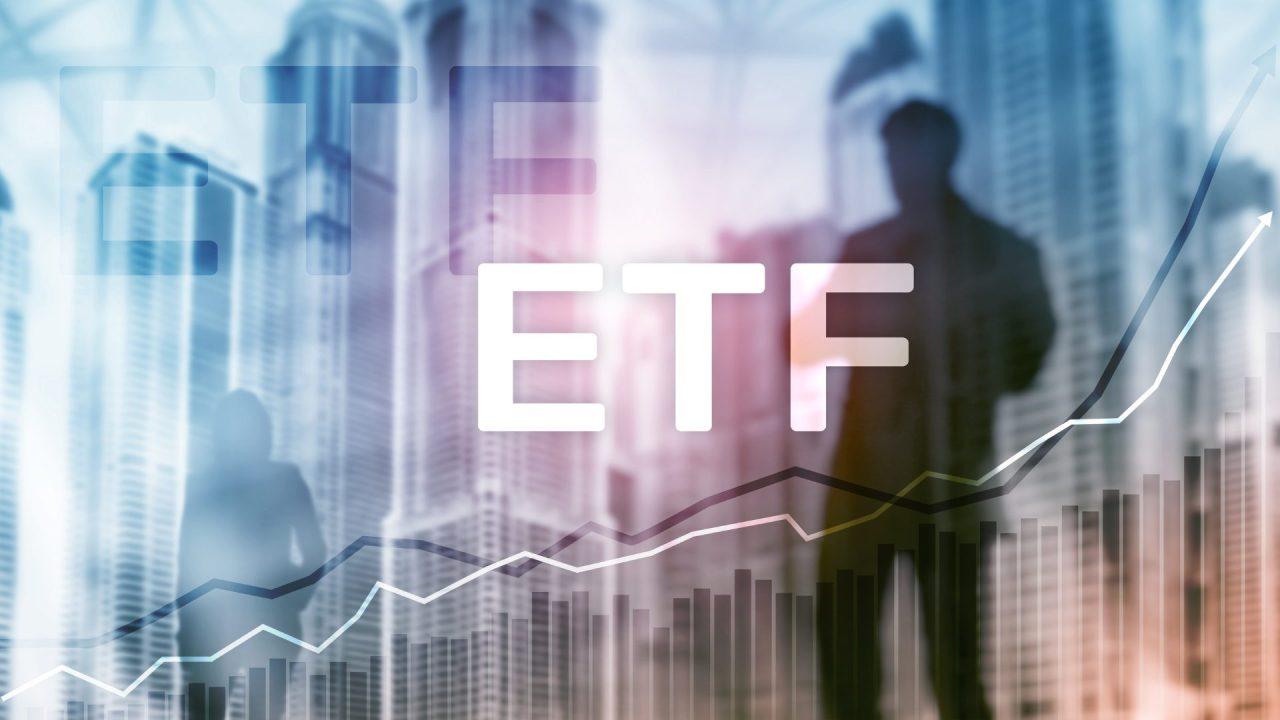European ETF provider Tabula Investment Management Limited (“Tabula”) has launched the world’s first Article 9, Paris-aligned Global High Yield Fallen Angels Climate UCITS ETF. The ETF has US$50 million of assets with seed investment from a large Nordic institution.

Article 9, Paris-aligned Fallen Angels – Tabula’s implementation
The Tabula Global High Yield Fallen Angels Paris-aligned Climate UCITS ETF (Bloomberg: THFA LN) is designed to maximise the potential returns from fallen angels – bonds that have been downgraded from investment grade – while also aligning with the objectives of the Paris Agreement on climate change.
The ETF provides:
– EU SFDR Article 9 Paris-aligned exposure, which reduces portfolio GHG emissions (Scope 1, 2 and 3) by at least 50% compared to the broad market
– MSCI ESG exclusions to reduce negative impacts. These exclusions could also be useful forward-looking quality filters, as rating agencies increasingly consider climate and other ESG risks
– Time-based weighting: The ETF is overweight newly fallen angels so as to increase exposure to any rebound, while retaining exposure over the longer term so as to benefit from any upgrades
– Global exposure: Reduces concentration risk in a relatively small market segment by providing exposure to USD, EUR, GBP, CHD, SEK and more currencies
Backed by leading ESG investors
“This is Tabula’s third Article 9, Paris-aligned bond ETF launch to be backed by a leading Nordic institution,” says Stefan Garcia, Chief Commercial Officer at Tabula. “As we have developed partnerships with investors striving for better ESG outcomes, Tabula’s assets in SFDR Article 8 and 9 funds have grown to 80% of ETF AuM. This launch highlights our market-leading expertise in sustainability-related exposures and Paris-aligned solutions for institutional investors.”
Higher-quality high yield
“When comparing fallen angels to the broader high yield universe, they offer higher credit quality with the potential to return to investment grade over time,” says Tabula CEO Michael John Lytle. “Many fallen angels enter the high yield universe with a BB rating and don’t slip below that level. S&P’s long-term average global default rate is 0.59% for BB, compared to 25.7% for CCC and below, so the default rate for fallen angel exposure is likely to be significantly lower than for broad high yield exposure.”
Tabula CIO Jason Smith added, “In addition to their lower default risk, many fallen angels are also well positioned for upgrades. Fallen angels tend to be large, well-established names. Their business models and financing strategies are built around investment grade borrowing rates, so their management has a strong incentive to address the issues that triggered the downgrade. Obviously, there is good potential for price appreciation if they rebound.”
“For some cyclical issuers, upgrades and downgrades may be closely linked to the economic cycle. For example, recent downgrades have included cyclical names such as Yum! Brands and Bath & Body Works, which could be in a stronger position as the rate hiking cycle comes to an end.”
The Tabula Global High Yield Fallen Angels Paris-aligned Climate UCITS ETF has launched with US$50 million in assets. The ETF is listed on the London Stock Exchange (Bloomberg: THFA LN) and an SEK-hedged class is offered on Cboe (Bloomberg: THFSx IX).
About the ETF
| Tabula Global High Yield Fallen Angels Paris-aligned Climate UCITS ETF | |
| Base Currency | USD |
| Trading Currency | USD, SEK |
| Exchange | London Stock Exchange, Cboe |
| TER | USD share class: 0.50% Currency-hedged share classes: 0.55% |
| Share class details | Share class: USD Accumulating | ISIN: IE000JL9SV51 | Ticker: THFA LN Share class: SEK-Hedged Accumulating | ISIN: IE000BQ3SE47 | Ticker: THFSx IX |
| Index | Bloomberg MSCI Global Corporate Fallen Angels Paris-Aligned Index |
| Index Ticker | I37640 Index |
The Fallen Angels paradigm
Fallen angels, bonds from issuers that have been downgraded from investment grade to high yield, have a number of unique characteristics that have historically delivered better returns compared to the broader high yield market. Fallen angels are typically at the upper end of high yield with ~80% having a BB rating, compared to ~50% for the broader high yield market. This results in them having a tendency toward lower default rates. Furthermore, names that used to be investment grade are often from large, well-established businesses, that are particularly focused on returning to investment grade in order to access cheaper borrowing. In addition, bond spreads are typically hard hit at the time of downgrade. While the downgrade of an issuer to high yield is usually just a single notch on the rating scale, from BBB to BB, it is a major event in terms of the issuer’s investor base and resulting yields. Investment grade buyers become forced sellers and high yield commands a smaller investment base.
As a result, fallen angel bond prices tend to follow similar patterns. They usually fall steadily in the run-up to a downgrade, before dropping sharply at the time of downgrade, far more than their credit-quality deterioration would suggest, before rebounding in the next few months as non-investment grade buyers add them to their portfolios. The rest of the story depends upon whether they manage to return to investment grade or remain high yield.
Tradersdna is a leading digital and social media platform for traders and investors. Tradersdna offers premiere resources for trading and investing education, digital resources for personal finance, market analysis and free trading guides. More about TradersDNA Features: What Does It Take to Become an Aggressive Trader? | Everything You Need to Know About White Label Trading Software | Advantages of Automated Forex Trading









